Author: Andy Carter
There are certain similarities among those who consistently brew good beer, one being the near obsessive focus on measuring and making adjustments at specific points in the brewing process. One such area is water chemistry, which consists of two main parts– mineral profile and pH. While typically discussed as it relates to the mash, there are some who claim adjusting the pH of the wort during the boil can have a positive effect on beer character.
This idea was called into question by a past xBmt showing tasters could not reliably tell apart an IPA adjusted to 5.12 pH during the boil from one that was 5.45 pH. With increased pH being associated with more intense bitterness and enhanced hop aroma, these results were surprising to me, though it seemed plausible any differences were covered up by the dry hop addition in those beers.
Over the years, I’ve brewed a few batches of beer that ended up having an aggressive and unpleasant bitterness that gave the impression of astringency. In my search for a solution, I discovered a Braukaiser article that influenced me to start adjusting the pH of the wort during the boil. Curious if the differences might be more pronounced in a simpler style of beer, I decided to test this one out again.
| PURPOSE |
To evaluate the differences between a Blonde Ale with a boil pH of 5.12 and the other a boil pH of 5.45.
| METHODS |
My goal being to see if boil pH might have a perceptible impact on a simple style, I went with a Blonde Ale inspired by one of Marshall’s older recipes.
Monroe
Recipe Details
| Batch Size | Boil Time | IBU | SRM | Est. OG | Est. FG | ABV |
|---|---|---|---|---|---|---|
| 5.5 gal | 60 min | 16.8 IBUs | 3.7 SRM | 1.047 | 1.008 | 5.2 % |
| Actuals | 1.047 | 1.007 | 5.3 % | |||
Fermentables
| Name | Amount | % |
|---|---|---|
| Pale Malt (2 Row) US | 8 lbs | 84.21 |
| White Wheat Malt | 12 oz | 7.89 |
| Caramel/Crystal Malt - 10L | 8 oz | 5.26 |
| Cara-Pils/Dextrine | 4 oz | 2.63 |
Hops
| Name | Amount | Time | Use | Form | Alpha % |
|---|---|---|---|---|---|
| Centennial | 21 g | 60 min | Boil | Pellet | 4.5 |
| Centennial | 7 g | 30 min | Boil | Pellet | 4.5 |
| Centennial | 14 g | 10 min | Boil | Pellet | 4.5 |
| Centennial | 7 g | 5 min | Boil | Pellet | 4.5 |
Notes
| Water Profile: Ca 51 | Mg 8 | Na 8 | SO4 75 | Cl 60 |
Download
| Download this recipe's BeerXML file |
I started by adding RO water to my BrewZilla systems and adjusting both to my desired mineral profile before flipping the switch to get them heating up; no acid additions were made to the brewing liquor.
I then weighed out and milled two identical sets of grain.
When the water for each batch was properly heated, I stirred the grains in then checked to ensure both hit my target mash temperature. At 15 minutes into each mash, I stole samples for pH measurement and found both hit my 5.4 pH goal.
During the mash rests, I weighed out the kettle hop additions.
When each 60 minute mash rest was complete, I removed the grain baskets and collected the first runnings in a separate kettle before batch sparging.
The worts were combined and homogenized to ensure sameness then evenly split. At this point, I added 2 mL of 85% food-grade phosophoric acid to one batch, which dropped the pH from 5.52 to 5.16; the other wort was left alone.

Each wort was then boiled with hops added at the times stated in the recipe.
When the 60 minute boils were complete, I chilled the wort then measured the pH of both for another comparison.
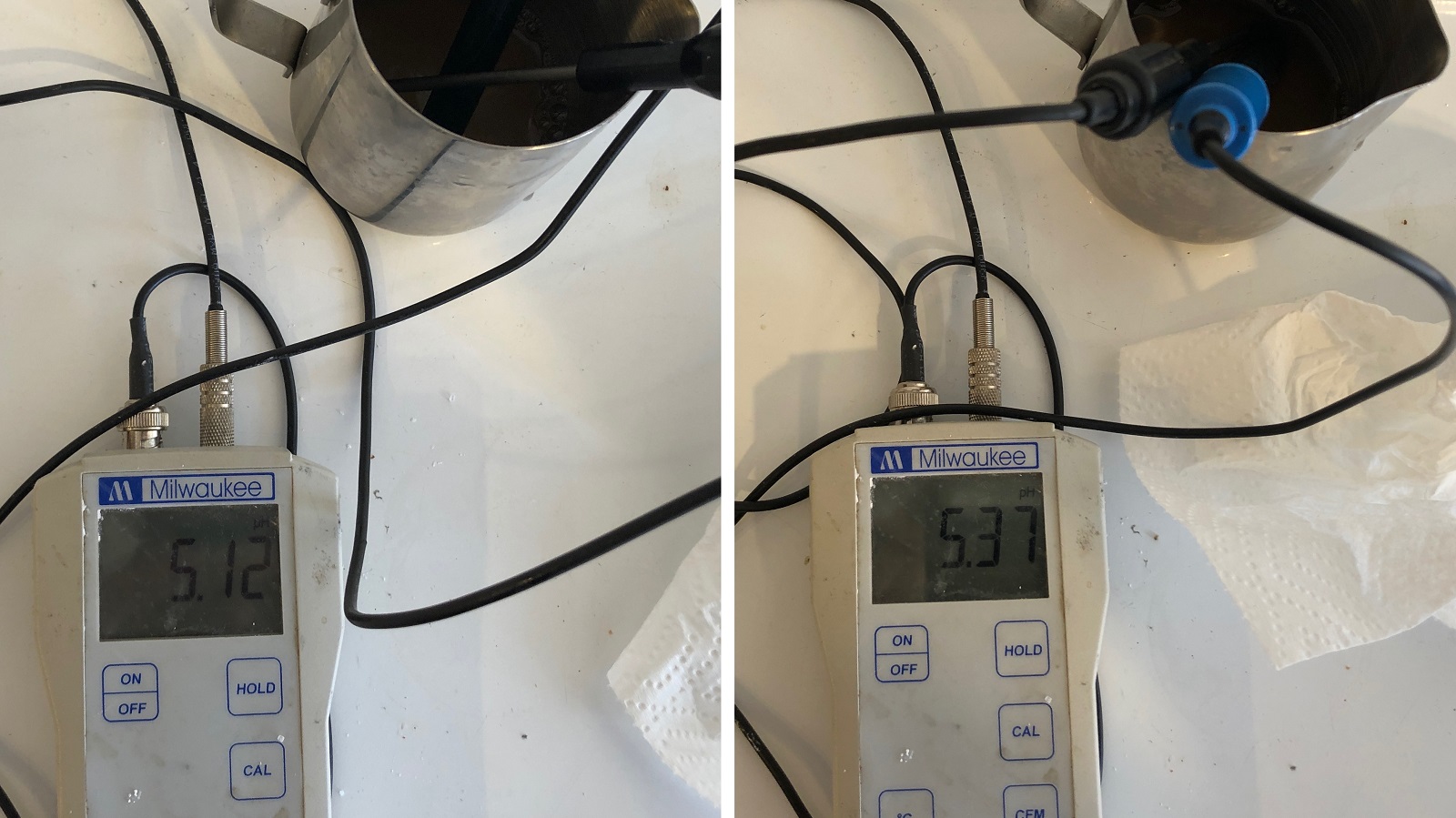
Samples of the wort at this point indicated the lower boil pH had an impact on hot break development.
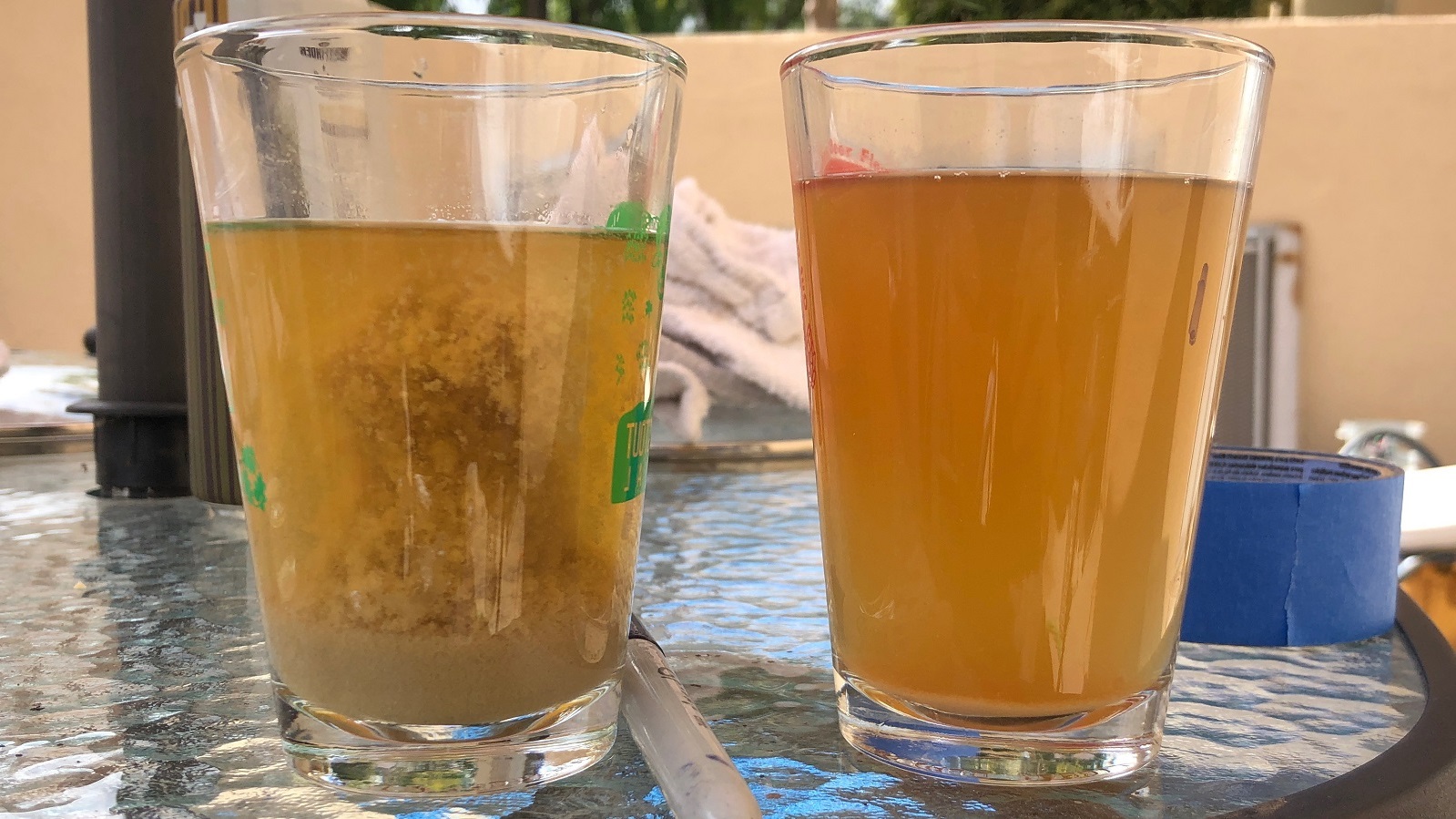
Hydrometer measurements showed the lower pH wort was 0.002 SG points higher than the normal pH wort.
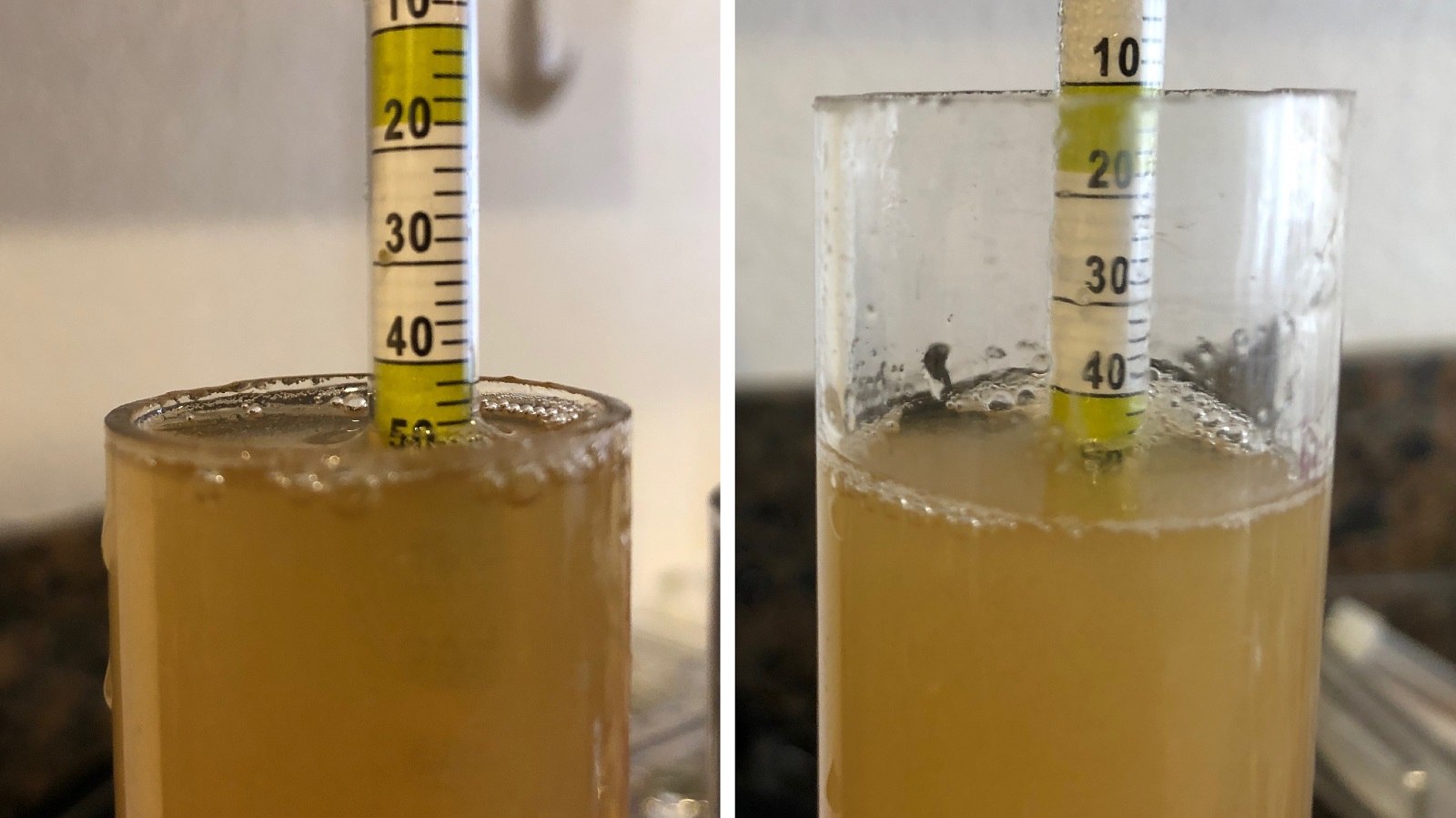
The filled fermenters were placed in my chamber controlled to my desired fermentation temperature of 64°F/18°C and left to finish chilling for a few hours. I then used leftover wort to make a vitality start of Imperial Yeast A07 Flagship.
After 4 hours of spinning on a stir plate, I split the starter equally between the batches. Both showed signs of activity the following morning and were roaring along similarly 24 ours post-pitch.
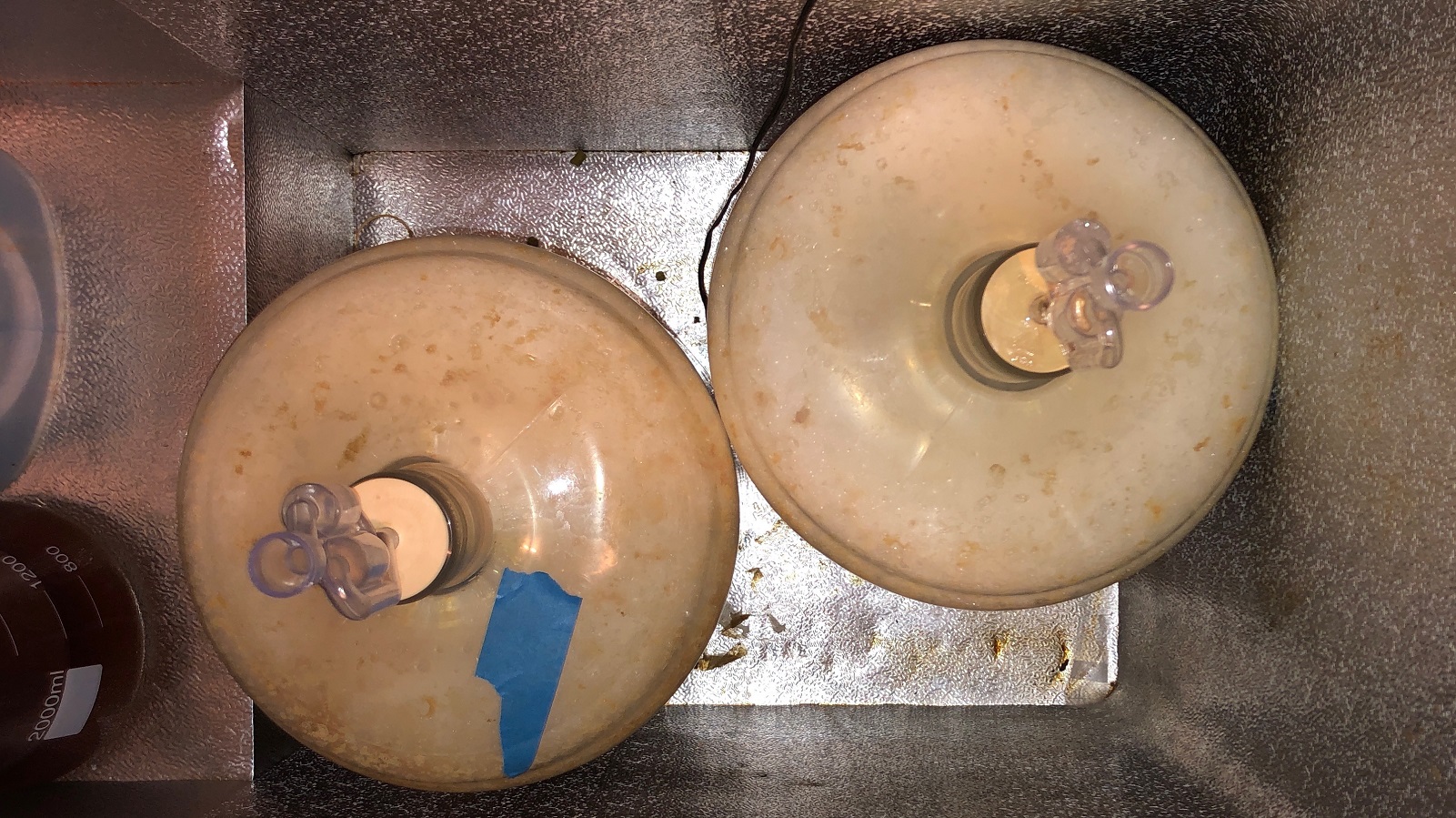
After a 4 days of fermentation, I raised the temperature to 70˚F/21˚C and left them alone 10 more days before taking hydrometer measurements showing the low boil pH beer finished 0.001 SG point lower than the normal boil pH beer. Given the differences in OG, this indicates slightly higher attenuation in the lower boil pH beer.
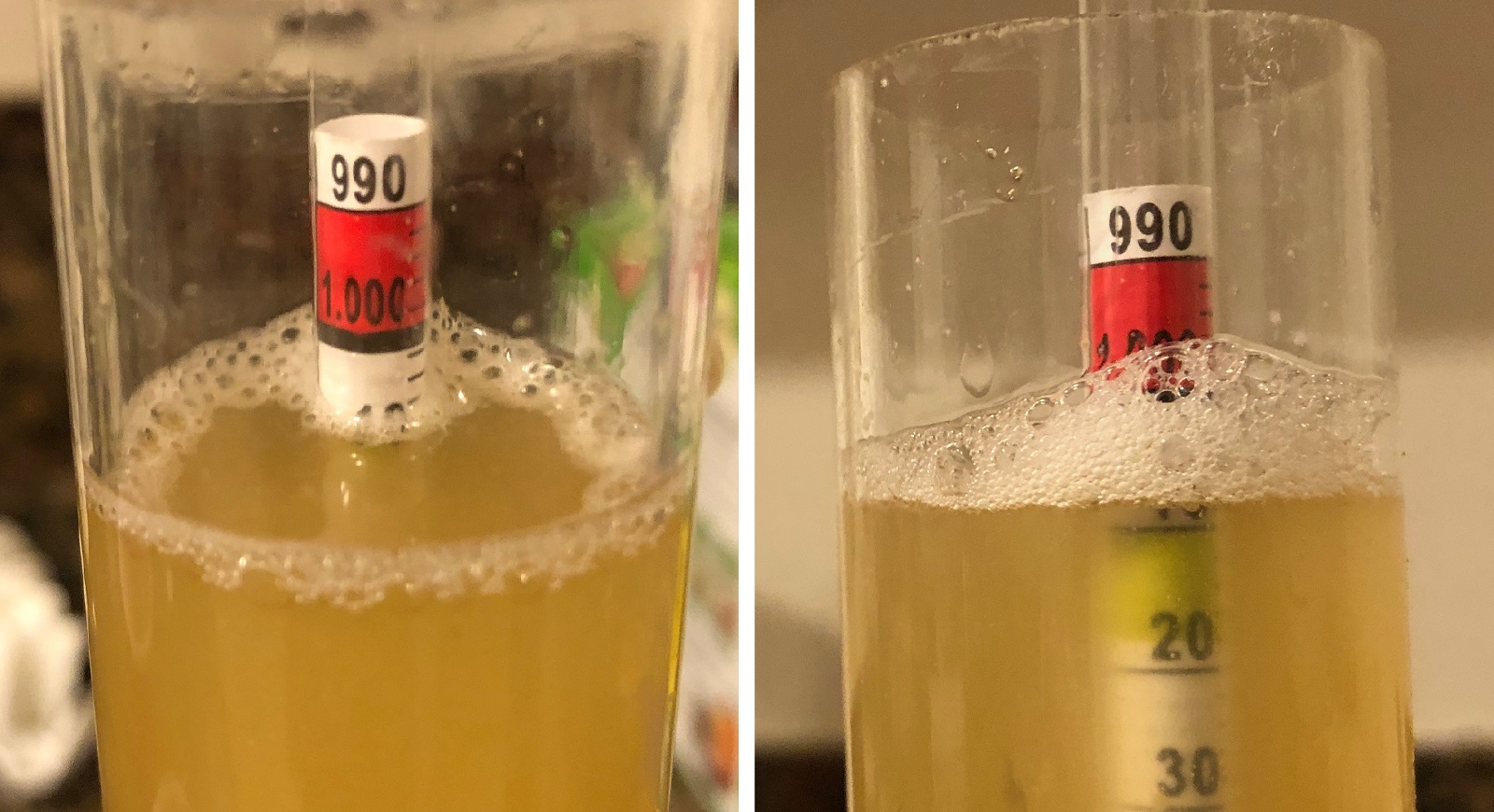
The beers were then racked to sanitized and CO2 purged kegs.
Out of curiosity, I took a set of pH measurements of the finished beer for further comparison.

The filled kegs were placed in my keezer, burst carbonated, and left to condition for a week before I began evaluating them.
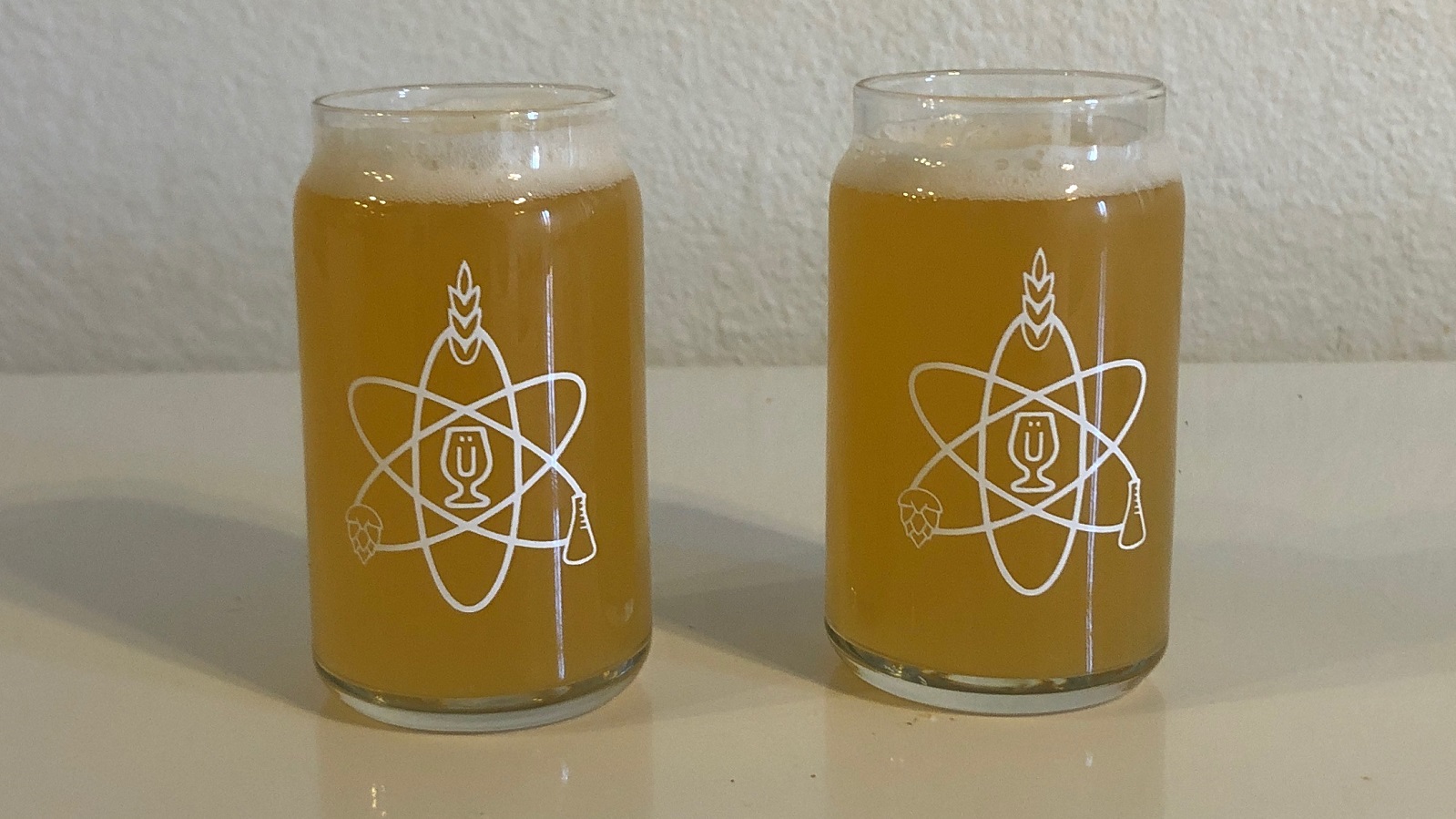
| RESULTS |
Due to social distancing practices as a result of the COVID-19 pandemic, data for this xBmt was unable to be collected in our typical manner. As such, temporary adaptations were made involving the author completing multiple semi-blind triangle tests in as unbiased a way as possible.
Utilizing 4 opaque cups of the same color where 2 were inconspicuously marked, one set was filled with the low boil pH beer while the other set was filled with the normal boil pH beer. For each triangle test, 3 of the 4 cups were indiscriminately selected, thus randomizing which beer was the unique sample for each trial. Following each attempt, I noted whether I was correct in identifying the unique sample. Out of the 10 semi-blind triangle tests I completed, I needed to identify the unique sample 7 times (p<0.02) in order to reach statistical significance. However, I only chose the unique sample 3 times (p=0.70), indicating my inability to reliably distinguish a Blonde Ale with a boil pH of 5.16 from one where the wort had a 5.52 pH during the boil.
While Centennial hops are a favorite of mine, I felt it came across stronger than it should have for a for a Blonde Ale, which led to a more muted malt character. The beer was still thoroughly enjoyable, though if I were to brew it again, I’d drop some of the later hop additions in order amplify the crackery malt and bring it more inline with the intended style.
| DISCUSSION |
It’s rather well established that the chemistry of brewing water can affect beer in various ways. While pH adjustments are typically made to the water prior to mashing in, some brewers believe benefits can come from additions made later in the process, such as during the boil where lower acidity is said to accentuate bitterness and improve hop character. Curiously, I was unable to reliably distinguish a Blonde Ale adjusted to 5.16 pH during the boil from one with a boil pH of 5.52.
Despite my inability to tell these beers apart, there were some interesting objective differences between them. Not only did the low boil pH wort start with a slightly higher OG than the normal pH wort, but it finished lower as well, indicating a possible link between boil pH and attenuation. However, this was not observed in our previous boil pH xBmt, though participants were similarly unable to distinguish those IPAs.
I’m not fully convinced the pH of wort during the boil is entirely inconsequential, though it seems there may be a range within which perceptible differences don’t arise. Since I tend to adjust the pH of my brewing water prior to mashing, the resultant wort typically ends up being between 5.0 and 5.5 pH depending on the style. Considering two xBmts have now shown boil pH has minimal if any impact on beer character, I won’t be so quick to reach for the phosphoric acid in the future.
If you have any thoughts about this xBmt, please do not hesitate to share in the comments section below!
Support Brülosophy In Style!
All designs are available in various colors and sizes on Amazon!
Follow Brülosophy on:
FACEBOOK | TWITTER | INSTAGRAM
If you enjoy this stuff and feel compelled to support Brulosophy.com, please check out the Support page for details on how you can very easily do so. Thanks!

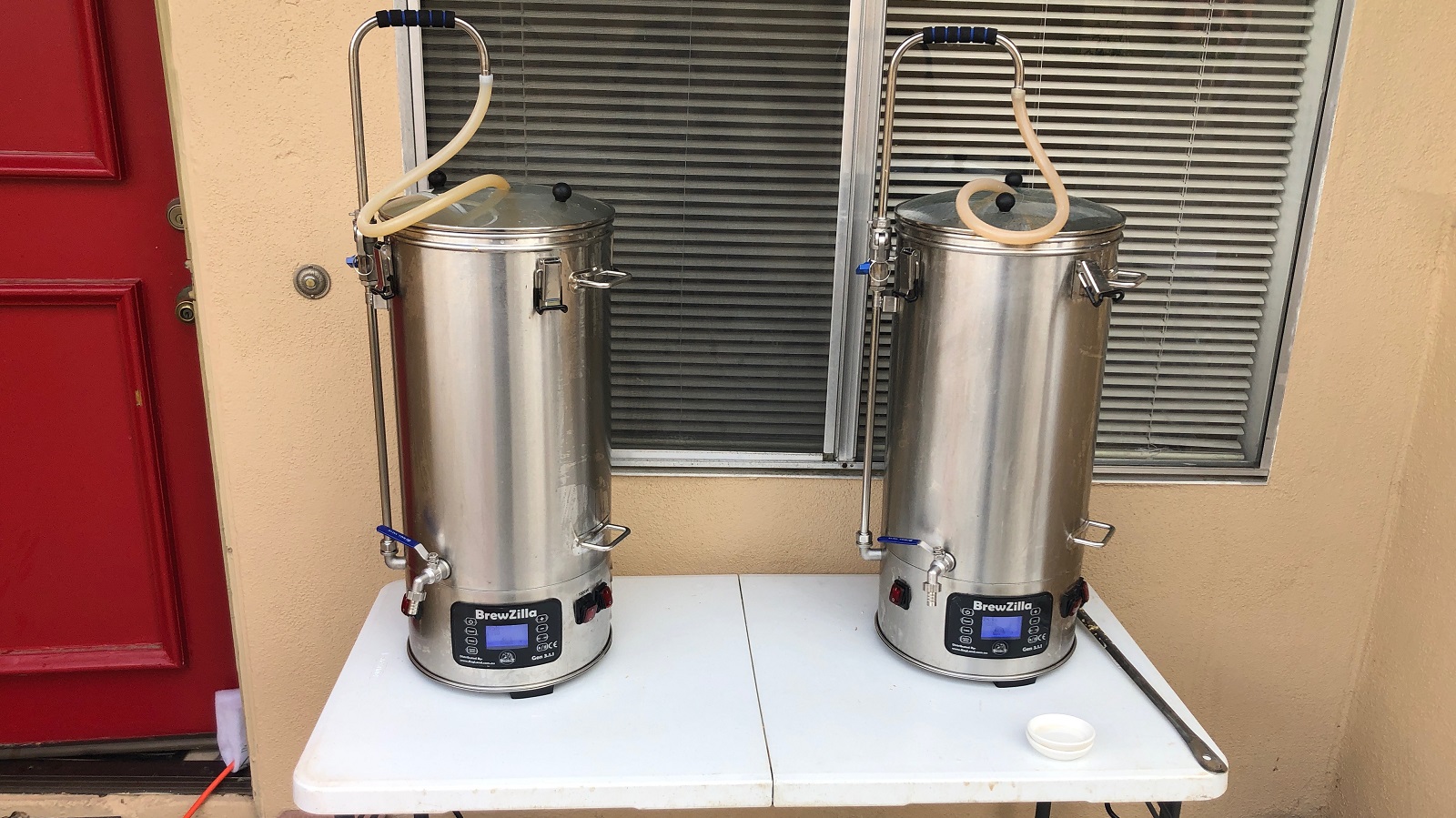
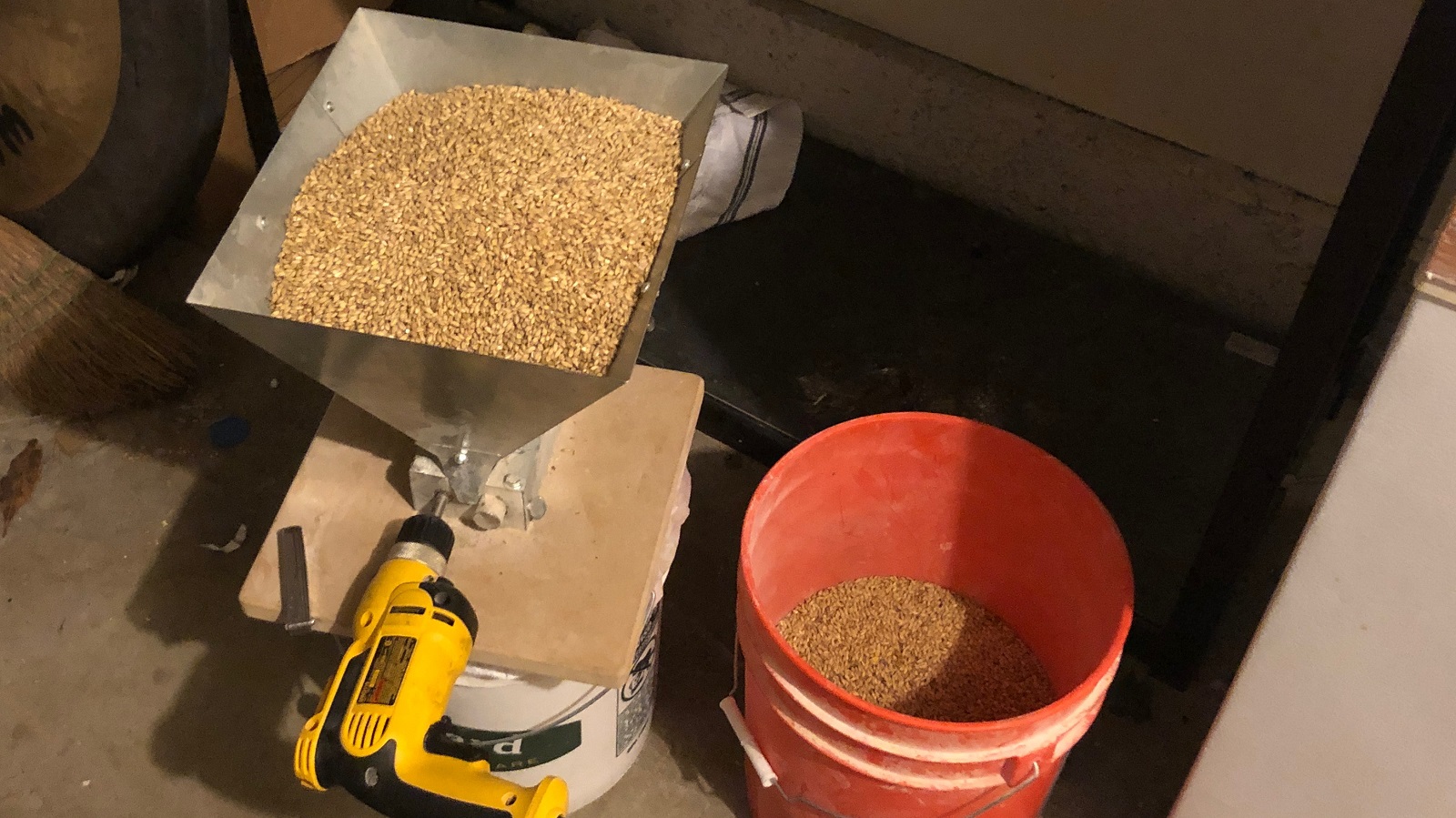
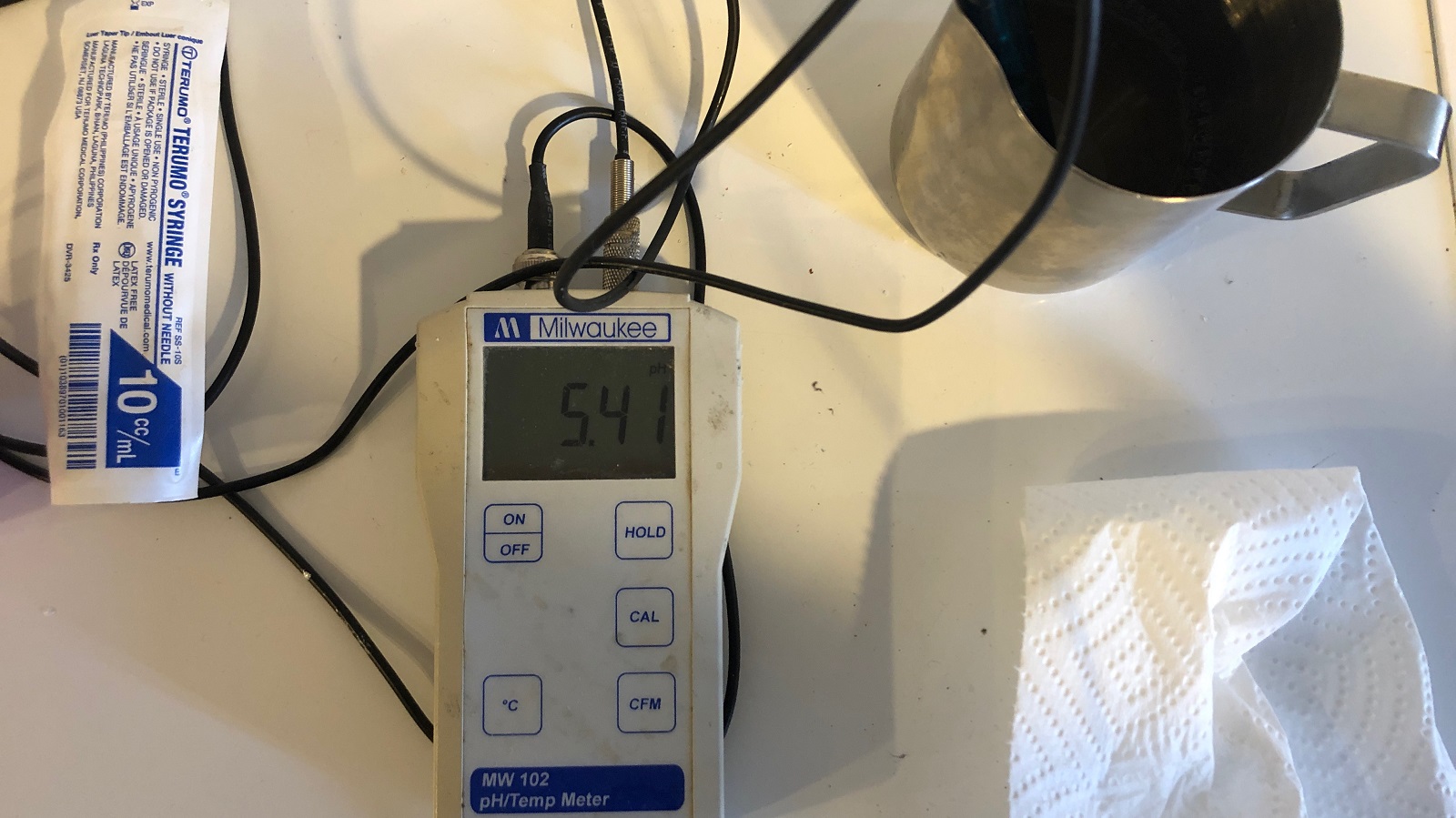
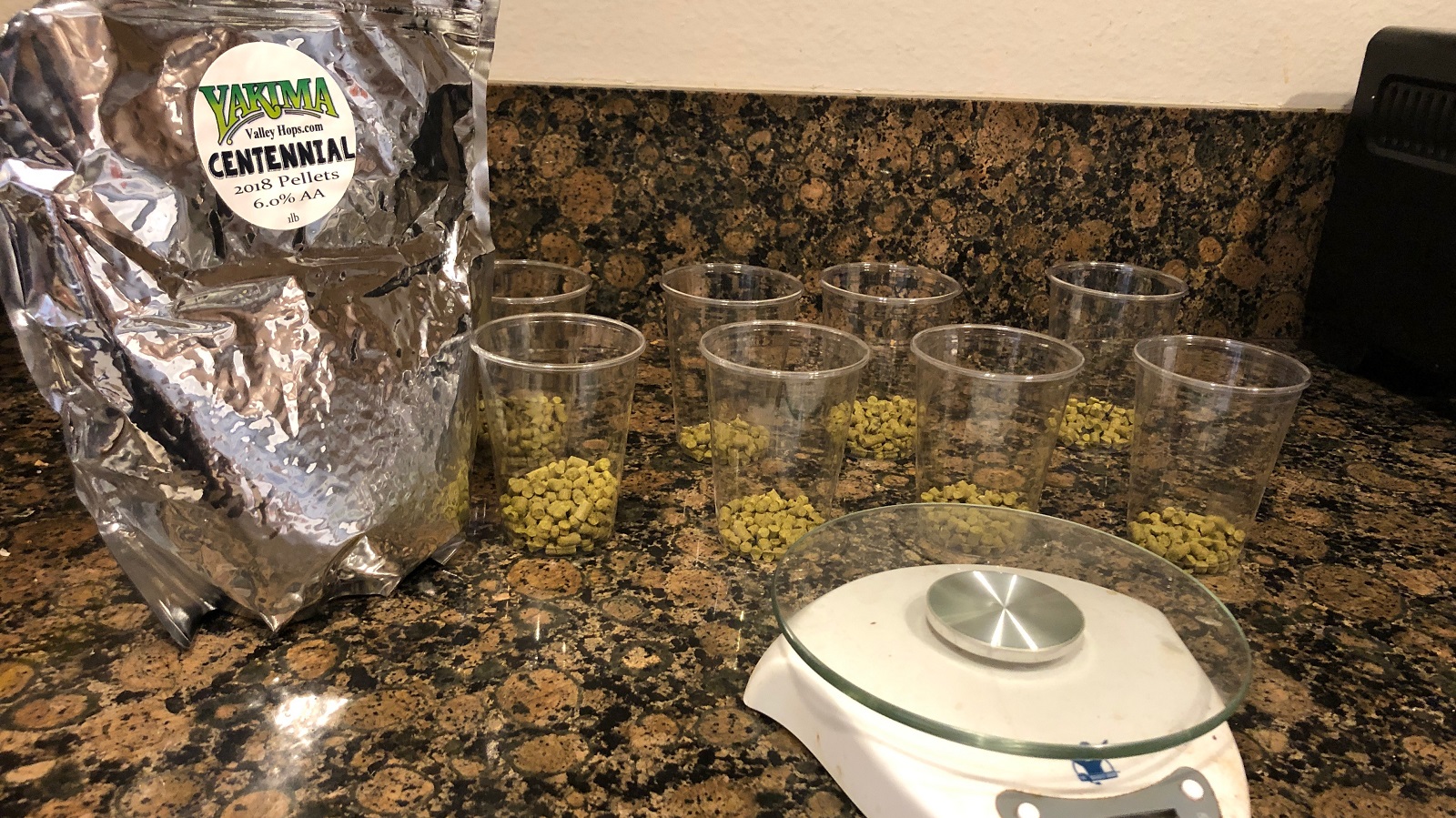
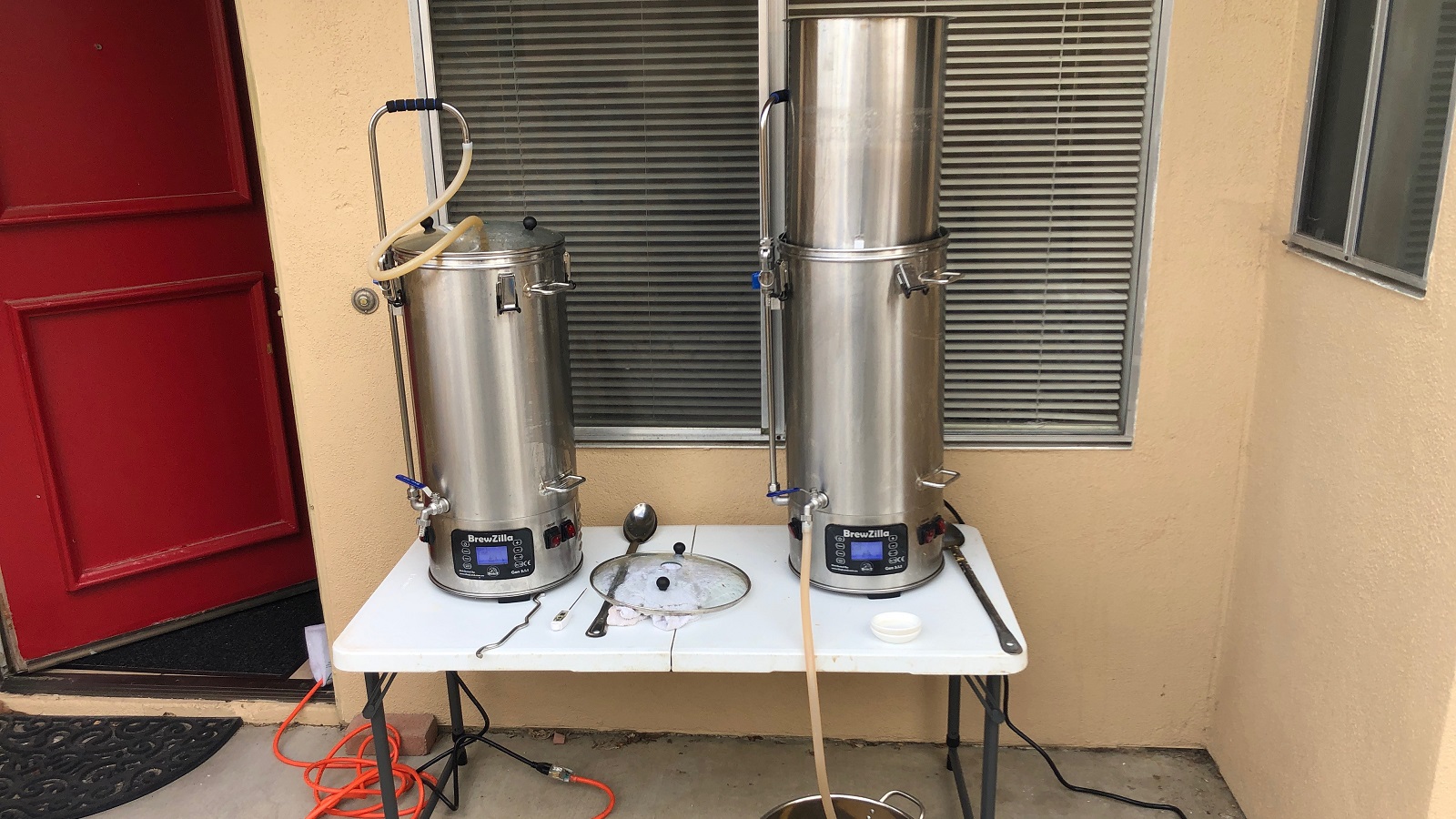
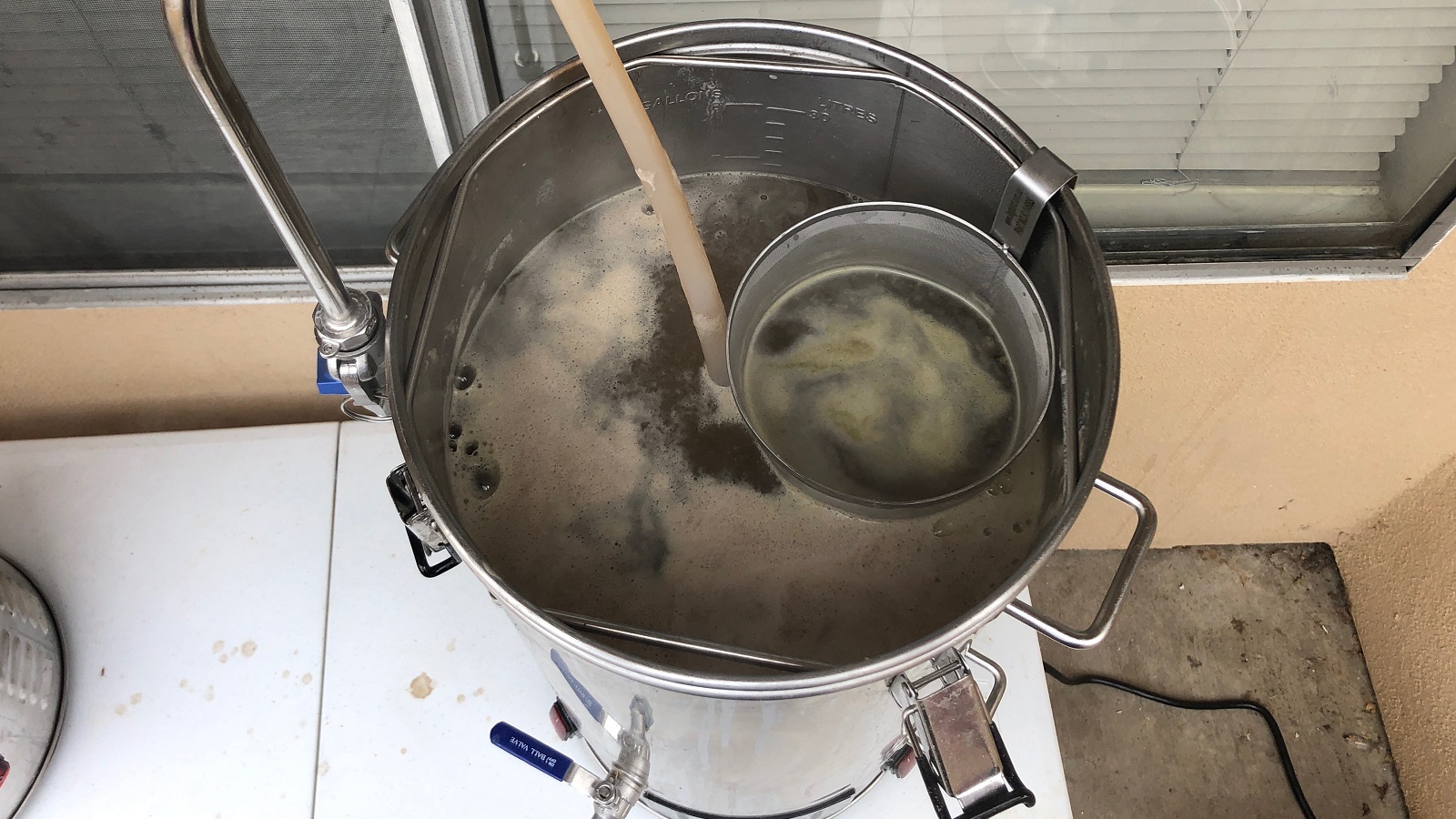
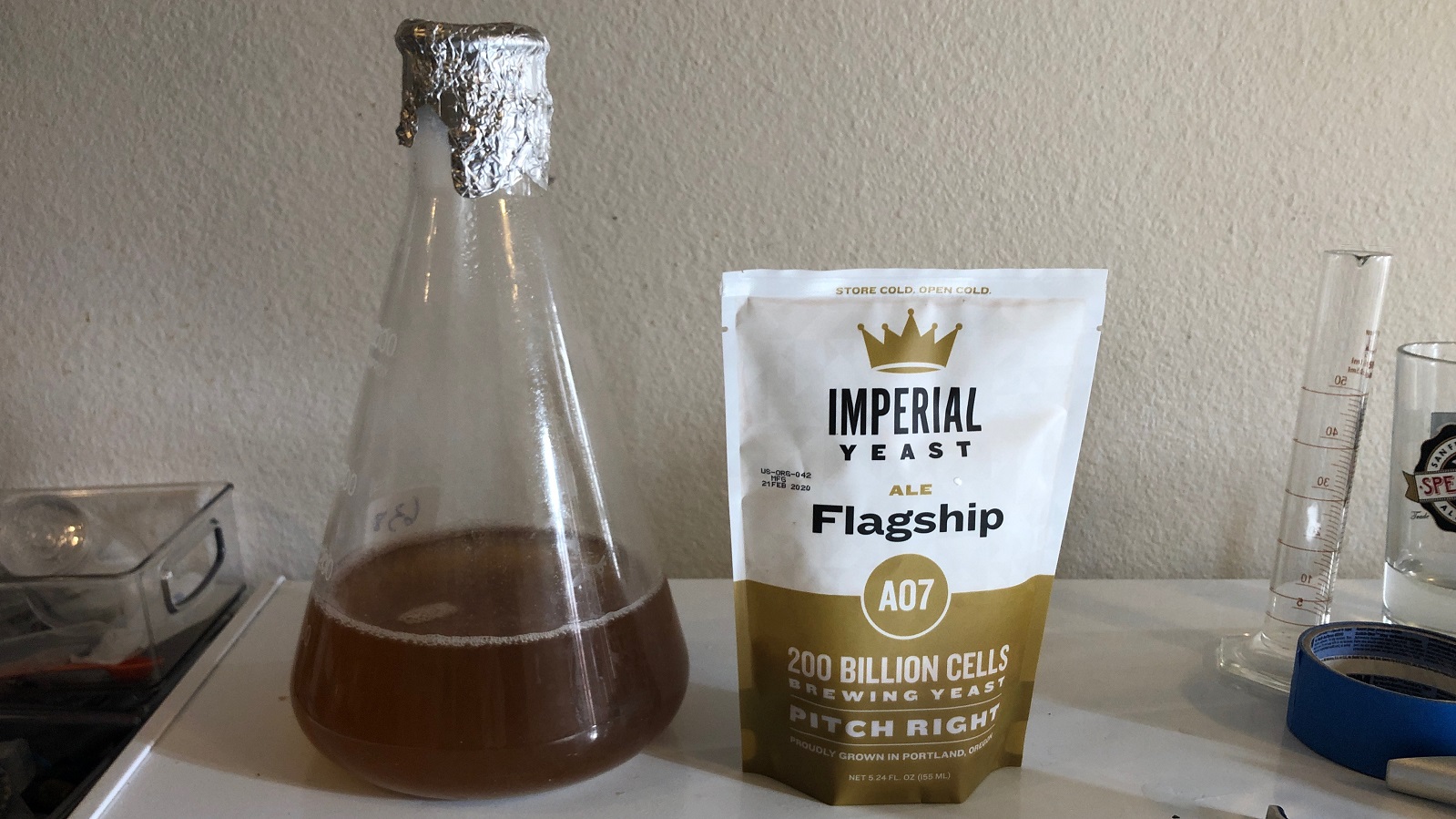
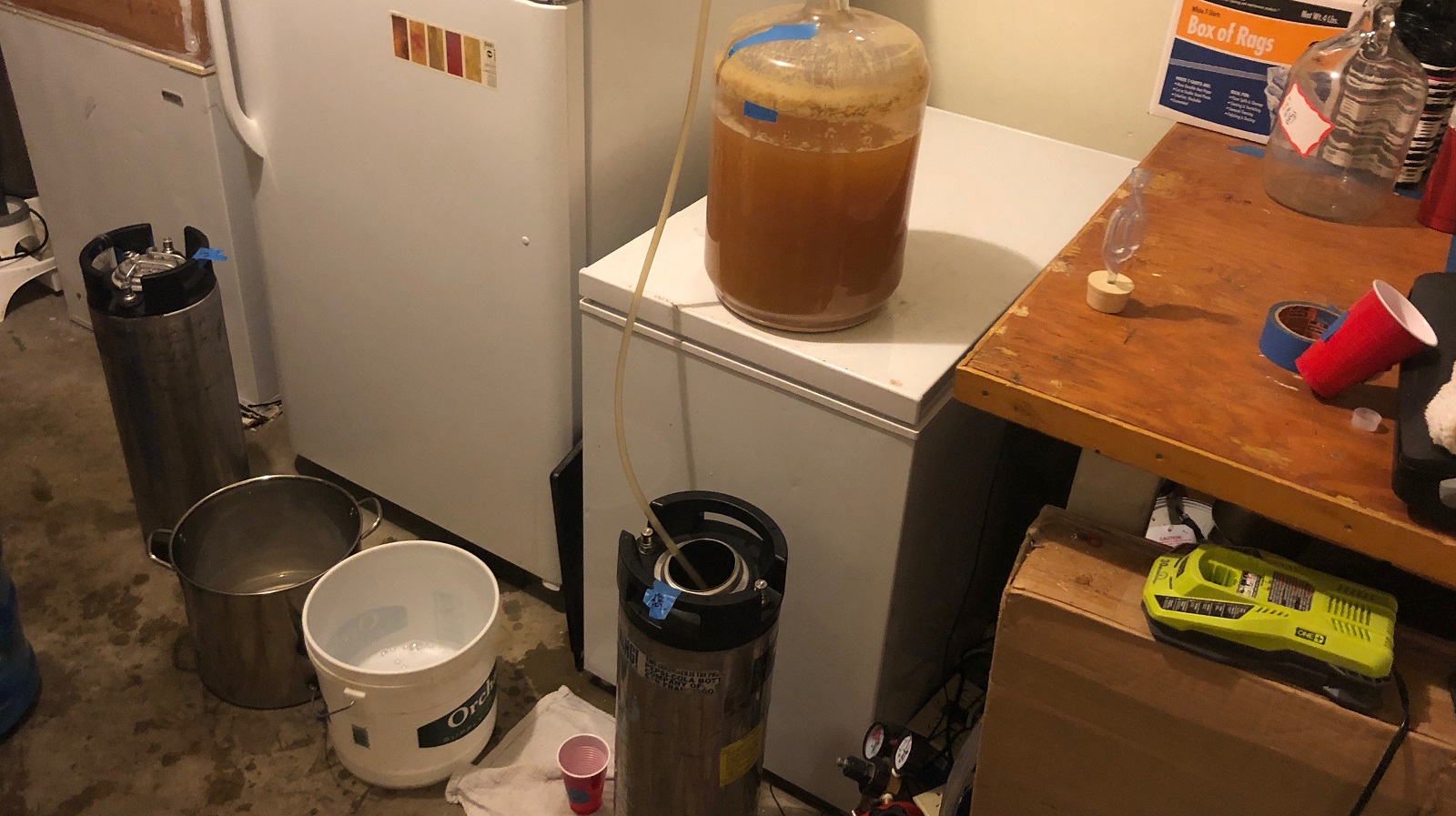











15 thoughts on “exBEERiment | Water Chemistry: Impact Boil pH Has On Blonde Ale”
Interesting experiment! I’m looking to explore on adjusting my kettle boil ph as well. One question, can you describe more on the differnce between hot break formation and appearance for both wort?
Once I finished both batches, I noticed the difference in the kettles, so I poured them off. The low pH looked “chunkier” is the best I can describe it. When it was disturbed at all, it flaked apart and looked more like the normal boil pH. Ill look for the technical paper reference, I believe this is a known response to boil pH. That being said, I always plan to leave some wort in the kettle, so a little extra hot break is OK by me!
So it seems that a lower boil pH is better for removal of hot break. But then you let the yeast do its work, and the resulting pH is almost evened out between those beers.
I suppose that it is then a question of possible long-term effects, i.e. does the low pH beer keep better?
Assuming he had less hot/cold break in the low pH FV (as lowering pH helps that stuff drop out), then supposedly yes, the low pH beer is more stable and will have a longer shelf life – at least that’s why the LODO guys will tell you.
I’m just amazed that he was able to get this mash pH with this pale grist without any acid adjustments! Impressive!
pH is a log scale, the difference at the beginning really is 10^-5.12 – 10^-5.37 = 3.3e-6, and after fermentation, 10^-4.48 – 10^-4.57 = 6.2e-6. That’s double !
Quick process question for you: when measuring the pH in these samples, did you chill them to room temp first, or just measure them right away at hot temps? I’ve read that chilling to room temp increases pH by about 0.3, so 5.4 would become 5.7, for example. My meter has ATC, but I’m questioning the accuracy of readings done ~152* F (or higher, in the case of the boil). Thanks!
I always measure at room temperature, and I suggest everyone do that. Its more consistent, and it abuses the probe much less. In my case, the Milwaukee does have ATC, but that only corrects for changes in the probe due to temperature; the actual solution pH you are measuring also has a temperature response. You are correct, a measurement of about 5.5 is more like 5.1 to 5.2 at boiling. The same idea is applied to the mash pH; a room temp mash pH in of 5.4 is more like 5.1 at mash temp.
Greg you are correct – pH is temperature dependent and should be read at standard temp (room temp) to be comparable (22 C / 68 F). Your ATC will not take this into account.
Also, to protect and prolong the service life of your pH probe don’t take hot reading. My Milwaukee instructions suggest little probe degradation between 13 and 29 C ( 55.4 and 84.2 F)
2008 hops? Seriously?
Its 2018, the glare might obscure the numbers.
I think if you took it to the extremes you would see the differences in low pH vs high pH, though I understand that’s not the point of the experiment.
If your kettle pH is down to say 3.3 the isomerization of AAs are significantly lower. This would highlight the difference, but from a practical standpoint it seems “normal” pH wort doesn’t have much of a sensory impact.
I’ll still continue to lower the kettle pH in beers with a high volume of late addition kettle hops though, less bitterness the better in those hazies plus a lower pH pre Dry Hop helps keep the final pH in an acceptable stability range and that makes me feel good 😉
Correct me if am wrong but fermentation adjust the ph because some by products of fermentation create a stronger buffer solution than plain boiled wort! So if the ph is like your post fermentation ph measurements in the pictures and diverge for 0.2 max… There won’t be noticeable differences! As you conclude by trying it
Great job
I wanted to say what I believe and hear yours or anyone’s opinion about the chemistry involved
I’m surprised beers finished 0.09 pH points different given such the small addition of lactic acid and the buffering abilities of fermented wort and yeast. Interesting.
I’m quite amazed by the hot break difference . I always shoot low for mashes (5.2-5.25) . I don’t care much for AA isomerisation, as long as flavour and aroma are not impacted as it’s so easy to compensate for bitterness at no real extra cost. I’m glad to see low pH has some theoretical benefit to wort clarity/stability even if not perceived
You should try the experiment but with different mash pH between the two brews.
They have done this:
https://brulosophy.com/2017/01/30/water-chemistry-pt-7-evaluating-the-impact-of-low-mash-ph-exbeeriment-results/
Low mash pH released more sugars but finished a lot higher than the normal mash pH sample. Still, not significance could be reached